DCT Isolda Speaker Cables ( per pair )
£990.00 – £3,880.00Price range: £990.00 through £3,880.00
Additional information
| Weight | 1.2 kg |
|---|---|
| Dimensions | 40 × 40 × 6 cm |
| length | 2 to 2.5m, 2.5 to 3m, 3 to 4m, 4 to 5m, 5 to 6m, Banana – WBT, Banana – ZigZag, BFA, Spada, Speakon, Up to 2m |
| Connectors | Banana, Spade |
Only logged in customers who have purchased this product may leave a review.
Related products
-

DCT 300 Interconnect Cables
£764.00 – £2,635.00Price range: £764.00 through £2,635.00 Select options This product has multiple variants. The options may be chosen on the product page -

F1 Fractal Interconnect Cable
£1,317.00 – £4,629.00Price range: £1,317.00 through £4,629.00 Select options This product has multiple variants. The options may be chosen on the product page -

Fractal Speaker Cable
£2,846.00 – £14,227.00Price range: £2,846.00 through £14,227.00 Select options This product has multiple variants. The options may be chosen on the product page -

DCT Digital Interconnect Cable
£411.00 – £1,064.00Price range: £411.00 through £1,064.00 Select options This product has multiple variants. The options may be chosen on the product page
Townshend Audio Isolda Speaker cables have an enviable reputation in delivering the best sound from any cable you can buy. The R&D that went into their creation is so superior to any other cable available that their fundamental design has remained unchanged since 2002. They sounded perfectly right then and remained the ultimate way to deliver the purest signal to your speakers. This is because they were designed to neither add nor detract anything from the sound of the music and have therefore become famous for providing the most natural listening experience you can enjoy while never becoming fatiguing or irritating.
The design concept behind the Isolda cables draws from solid engineering theory and fundamental truths as old as electricity itself that govern its behaviour and transmission along any wire, no matter its length, whether between cities or the short distances in your audio setup.
The audio industry has primarily ignored transmission line theory, but we have discovered that impedance matching is necessary for us to enjoy the delicate details of sound detected by the most sensitive of instruments, our ears.
Putting transmission line theory into practice allows us to deliver pure sound impulses with an absolute minimum of distortion, while most other speaker cables create micro reflections that ricochet between the source and the speaker, smearing and veiling the pure sound of music.
The Isolda cable avoids these problems through its unique geometry, ensuring that the the impedance of the amplifier and speaker are closely matched, providing a clarity unmatched by any other cable design.
Part of the solution is impedance matching, an engineering concept that is integral in understanding when creating the world’s most natural-sounding cable. If required, we don’t hesitate in recommending using Isolda speaker cables in unequal lengths as the listener will find the sound from each speaker exactly the same, regardless of length. Townshend Isolda DCT Speaker Cable use very closely spaced insulated flat copper conductors in a polyester braid sheath. Unlike most speaker cables, its close spacing means it is virtually immune to Radio Frequency Interference (RFI). In addition, they are bespoke made by hand in small batches. When connected to your system, the result is the delivery of genuinely silent backgrounds, incredible 3D imaging, and bass with a solidity and power that is truly seismic. No wonder then that Isolda’s have had rave reviews from the audio press and become a cult favourite among discerning audiophiles. They are just right!
Testimonials
WOW! I thought I would never find my way out of the 'Alice in Wonderland' confusion which seems to be hifi cables.
“I have spent an evening in astonishment at the performance of my system with your speaker cable installed. The utter naturalness and balance and soundstage and on and on, WOW!
I thought I would never find my way out of the ‘Alice in Wonderland’ confusion which seems to be hifi cables, now I believe that you have the answer with impedance matching and the amp end widget.”
What is the second most significant factor in creating a natural-sounding cable? Geometry!
The Townshend Isolda cables unique geometry, or how a cable is constructed, is the major factor in attaining a truly natural sound. How these two metal wires are arranged allows electricity to flow from the amp to the speakers. Townshend Isolda DCT Speaker Cables use very closely spaced insulated flat copper conductors in a polyester braid sheath. Unlike the majority of speaker cables, our cable’s close spacing means it is virtually immune to Radio Frequency Interference (RFI) and presents an impedance that closely matches that of the loudspeaker.
The result is bass with a solidity and power that is truly seismic, accompanied by genuinely silent backgrounds and incredible 3D imaging. You are guaranteed to enjoy the result.
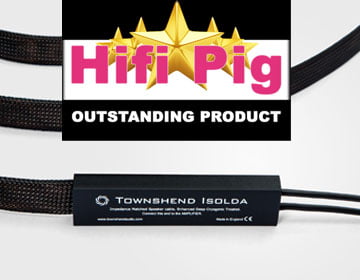
Hifi Pig Outstanding Product
I had no idea quite how good this cable was going to be when it was sent to me. It opened up the sound and tamed the music in such a way that it was more honest than I have heard for a long while, and although not the cheapest is a very cost-effective upgrade to your HiFi. A much more honest performance than I thought a cable could give and therefore is highly recommended.

“This is the speaker cable I have been using for some time but only got around to reviewing this year. I can’t find anything better and I have tried, nothing comes close when it comes to three dimensionality of soundstage and control, depth and power in the bass, it’s also more than able in the timing department. The EDCT treatment puts it even further ahead of the competition”. Jason Kennedy – TheEar.net
Unequal lengths of cable will sound identical

All other cables on the market will sound different depending on the length. Degrading as the cable length is increased. Isolda however sounds virtually identical no matter the length required meaning if you require uneven lengths for your set up this will in no way compromise the sound.
Matching the impedance of speaker with the amplifier (around 8ohms) you stop the propagation of reflected sound ricocheting up and down the cable an infinitum. The result is a natural sound.
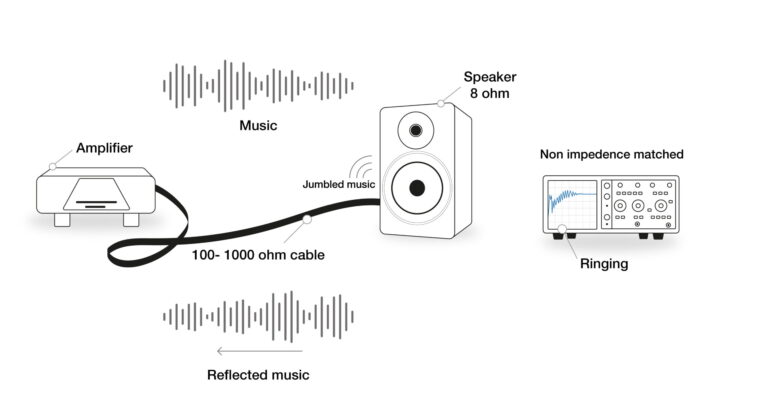
Non impedance cable will produce micro ringing and veiling and smearing of the musical presentation.
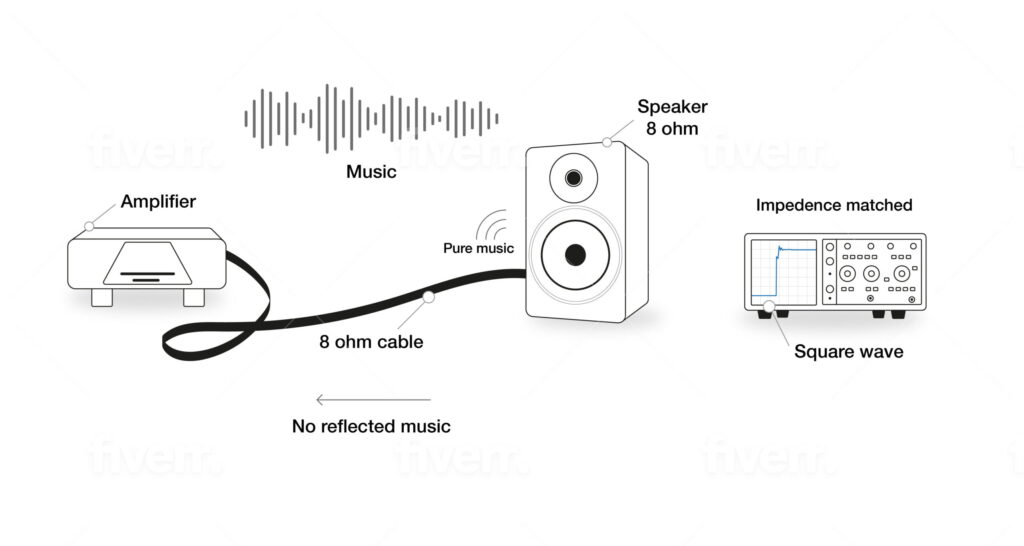
Impedance matched cables deliver pure music without the ringing and echoes associated with non impedence matched cables.
If you can measure it on an oscilloscope the human ear can perceive it!
Isolda cable
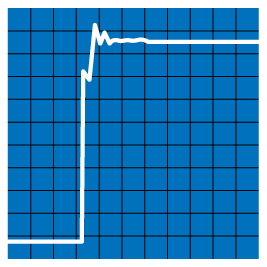
when the cable is correct
By matching the cable impedance to the speaker impedance you preserve the square wave reading.
Measure difference in voltage
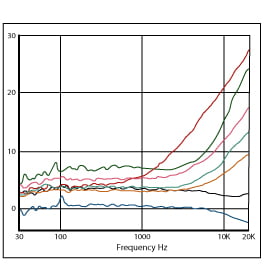
Extrapolating Oscilloscope measurements into a graph
Measuring the voltage difference between one end of the cable and the other to see if there is any loss or ringing shown as a rise in the graph. A flat line (Isolda) shows no ringing or distortion.
Ringing on non-impedance matched cable
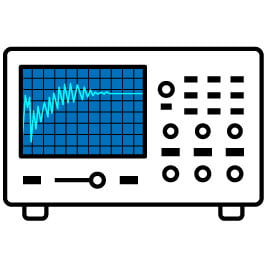
The square wave appears to be 'ringing'
When the impedance of the cable does not match the impedance of the loudspeaker it results in transients being reflected back and forth. The result is ringing, as easily seen on the oscilloscope. If you can see it, you can hear it!
If It isn't Broke
Don't Fix It!
Townshend Audio have made the Isolda Cables unchanged for over 20-years. They are designed specifically to neither add nor subtract anything from the sound of the music and are renowned for providing a natural listening experience. The square wave in the photo shows that the sound is uncorrupted by the Isolda cable ie you put a square wave in and you get a square wave out.
Using Isolda cable in your system will ensure the music signal is related faithfully along the audio chain. So many systems out there will leave the cable design to chance and all the sonic improvements gained by choosing well-appointed can be compromised as a result. components can be compromised here.
Square wave in square wave out = peace of mind
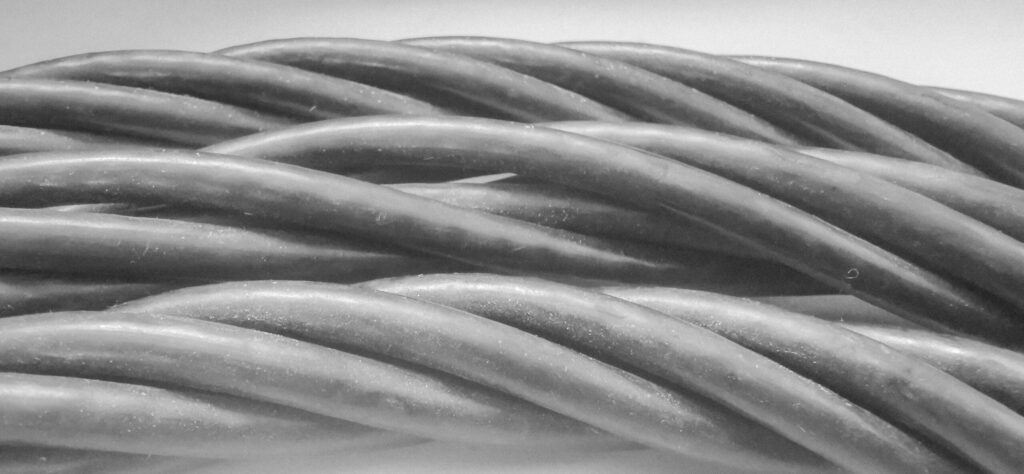
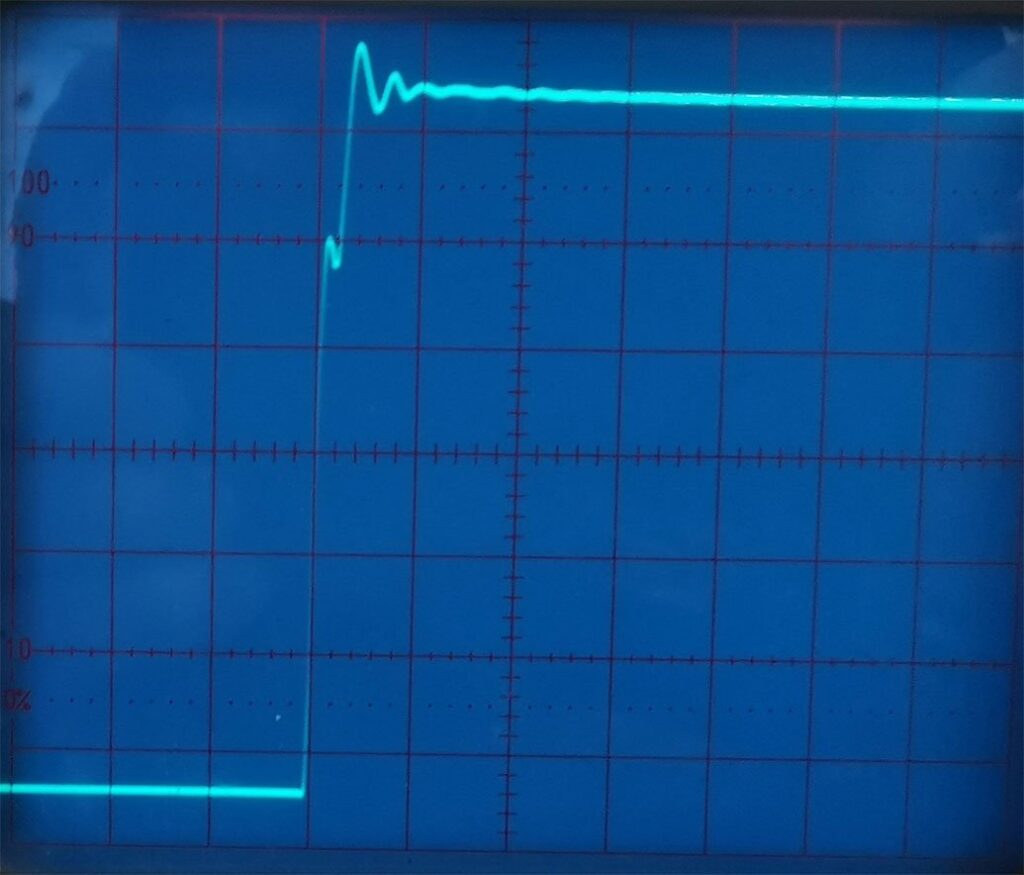
Geometry Matters
Max Townshend has long argued that the most important factor in a speaker cable is its geometry: the way the two conductors are arranged. This is many times more critical than the conductor and the insulation because the wrong geometry causes high-frequency distortion that results in a hard, edgy sound. This concept is Analysed in great detail in the paper by Max Townshend
The Answer? Impedance Matching!
In electronics, impedance matching is the practice of designing the input impedance of an electrical load or the output impedance of its corresponding signal source to maximize the power transfer or minimize signal reflection from the load. Like a gentle sea lapping against a sandy shallow shore, the electricity is allowed to arrive and dissipate without agitating the water. For this reason Townshend Isolda Impedance Matched cable has a characteristic impedance close to 8ohm for optimum loudspeaker matching and minimum reflections in the audio band that smear the sound. This greatly reduces these reflections. As a result your music is delivered with a solid foundation, clean and clear mids, and a natural top end.
Nothing is added or subtracted from the sound, Townshend Isolda Impedance matched cables are just right!
Why Does This Matter?
When a music transient travels through an impedance-matched cable to a load, 100% of the transient is absorbed by the load (speaker). If there is an impedance mismatch, only a small proportion, (about 0.1%) of the signal is absorbed by the load. The other 99.9% of the signal is reflected back to the source, (amplifier) where it is all reflected back down the cable to the load, where another 0.1% of the remainder is absorbed by the load. After multiple reflections extending over a time, all of the transient is absorbed by the load.
Even though the signal travels at 0.7 the speed of light, the multiple reflections on every transient add together to give an audibly distorted sound and account for the loss shown. The greater the mismatch, the worse the effect.
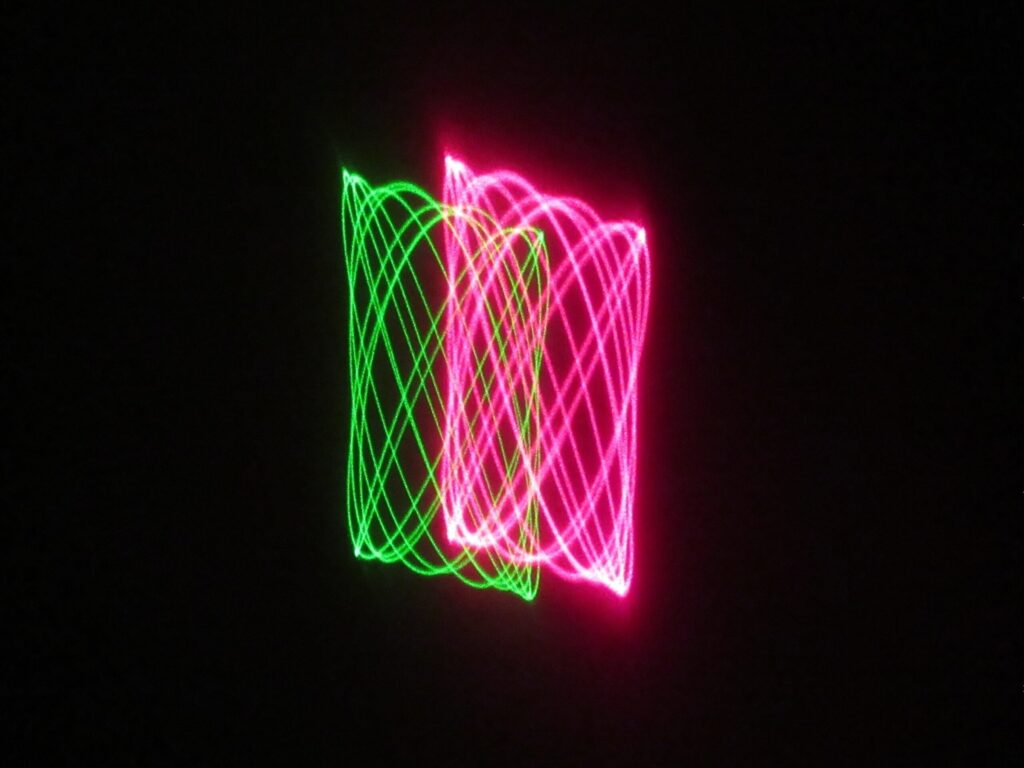
Form Follows Function
The cable geometry is comprised of two flat strips, a construction that confines the signal’s EM field within the cable and minimizes the effect of surrounding objects and interfering fields. This is inherent in any signal passing from input to output, but Max’s solution avoids the echoes and reflections that are manifest when the strict criteria of cable topology are ignored.
A Cable theory paper: The Sound of Music and why cables matter has been written and researched by Max Townshend and gives an in-depth analysis postulating the reasons for the audible differences between cables and their inherent geometry.
Cable construction is paramount
Construction
Most cables on the market today have the wrong geometry and the echoes and reflections these create make a system seem edgy and bright, fatiguing and irritating. Even the most desirable and expensive systems on the planet are compromised when these reflections are ignored.
The Isolda cable was designed by Max to match the characteristic impedance of the speaker with the characteristic impedance of the cable.
Development
The original topology of the Townshend Isolda cable was made with six parallel sets of 50ohm coax and required 900 ends to terminate in a pair hence the name Isolda, from Max being asked, “What’re you doing?”
“I solder!”
Isolda also fits in well with our Arthurian legend theme after Tristan and Isolde.
Our current design has been winning awards since its incarnation in 2002 and has quietly been gaining favored status with audiophiles and reviewers ever since.
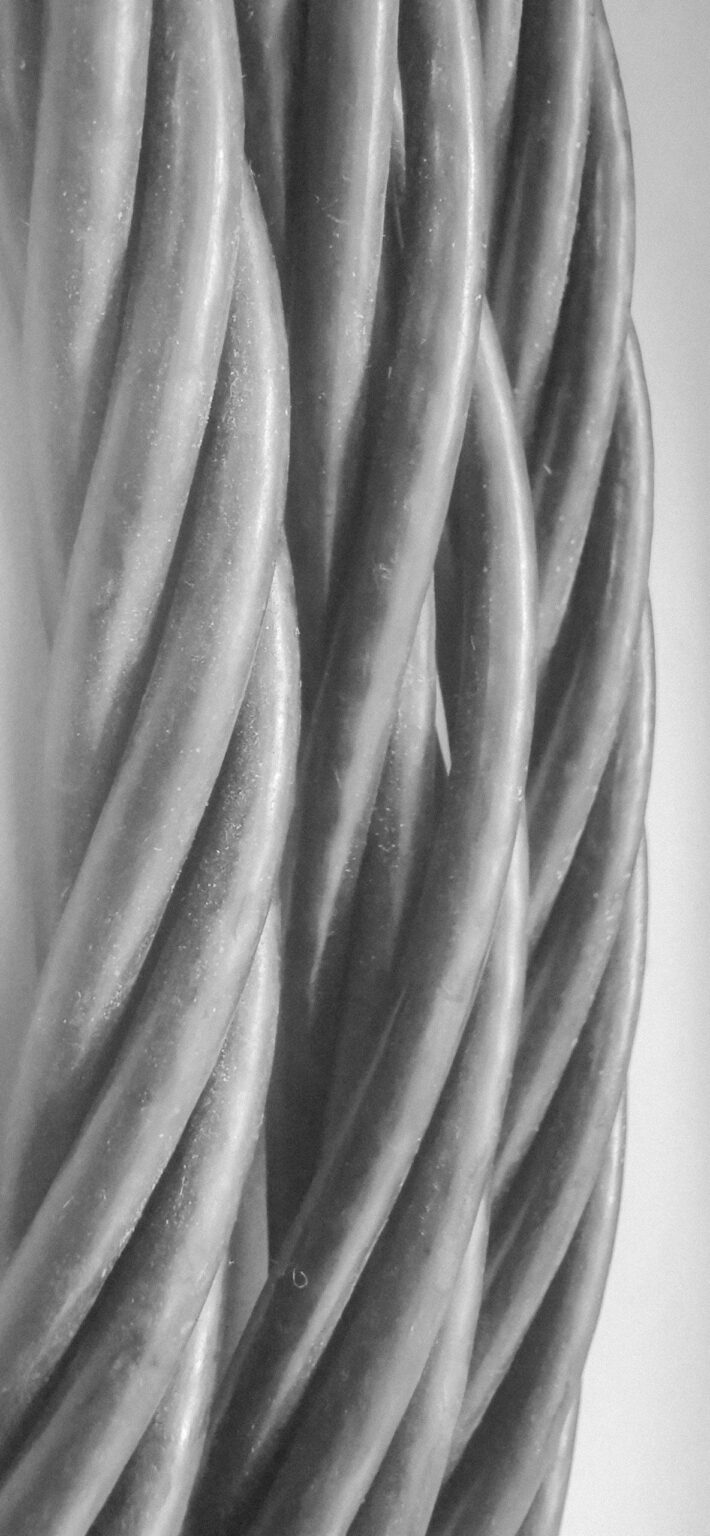
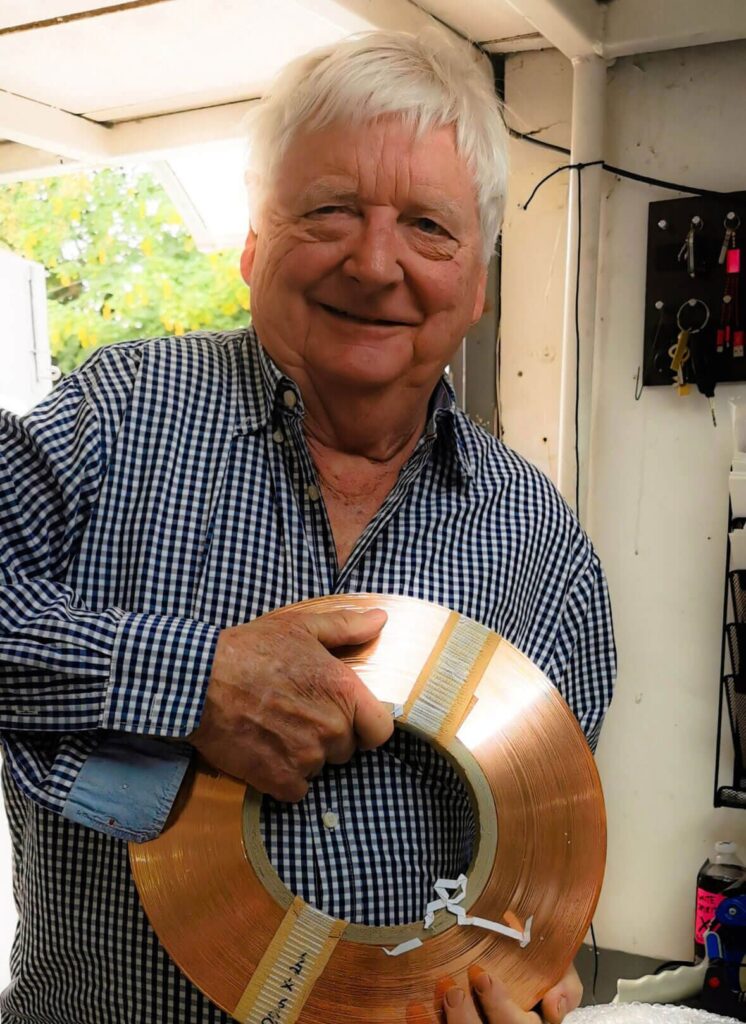
Designers
Max is unapologetic about questioning popular, long-held beliefs on the behaviour of electricity, particularly within short lengths of speaker cable by rigorous application of telegraph line theory. Joining other distinguished free thinkers, including Swiss electrical engineer Hervé Delétraz, Richard Black and (Professor) Jack Dinsdale.
Geometry

Topology
The unique Isolda cable geometry comprising two flat insulated copper strips closely placed together prevents any deterioration of the frequency characteristic in the high-pass region, as well as improves the response characteristic and waveform integrity, creating the most natural-sounding cables on the planet free from coloration.
Copper

Enhanced Deep CRYogenic treatment
By focussing on metallurgy and developing fractal™ wire treatment Townshend have managed to developed a cable that offers the discerning audiophile more sonic purity than was ever possible before.
Impedence Matching
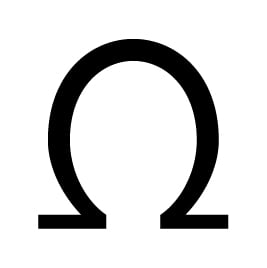
8 om
By matching the cable impedance to the speaker impedance from 5kHz and up, between 10 and 15 ohms, reflections in this critical range are greatly reduced. This leads to an unmistakably natural sound without blur and the associated fatigue.
Some Longer In-Depth Reviews
The No-Compromise Option for Sound Quality
Our speaker cable is constructed entirely by hand in our workshops. This engineering process allows you to achieve the most transparent and neutral connection between amplifier and speakers, you honestly will not believe your ears when you try them.
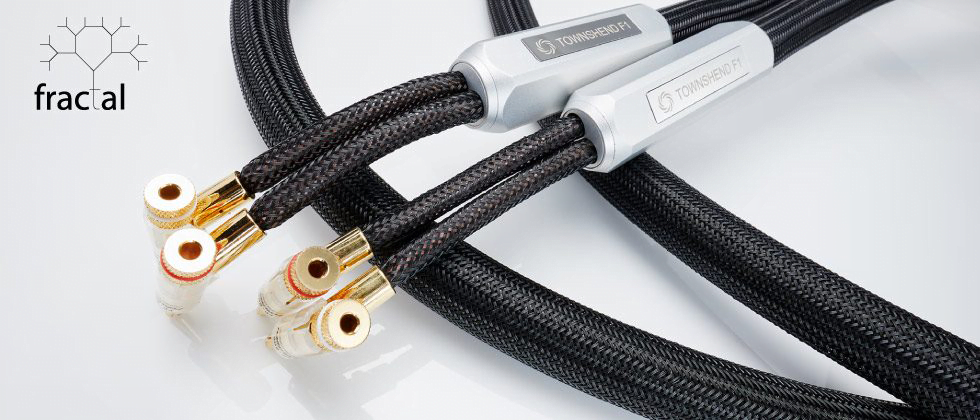
Discover the Townshend Cable Fleet Website
Ready to Try?
Still not convinced to buy Isolda? Then simply try our 28-day trial. Just let us know about your system and the length of cable you require and we’ll send you a pair to try. If after 28-days you’re still not convinced then send them back to us. We’d also appreciate a review – like this one from Graham:
“I would just like to thank you for your excellent products and truly excellent service. I really appreciated the opportunity to try out the Isolda Speaker cable, before purchasing. Both Isolda products are truly world class. It is a fabulous cable, very natural as well as revealing. It just sounds whole, without seeming to emphasize or recess any part of the frequency range. It also looks discreet and is nice to handle (unlike some others I have owned). The sound using Isolda to bi-amp Sugden A21a and A21p amps is fabulous – open, natural and controlled. There is no hint of sibilance or brightness, yet the sound is extremely detailed. I was interested to note, at the hi-fi show last weekend, that Sugden was using Isolda speaker cable and I/C to demo their new Masterclass amp, and they seemed very impressed with it. Also, I am still delighted with the Seismic Sink Stand and Speaker Stands I purchased earlier this year. They work consistently well in different environs. They are also well made, practical and look the business – even my partner is beginning to like them (well, so she tells me anyway!!!).
Ready to Buy?
Yes please send me a pair of Isolda Cables.
(If you have a problem specifying your exact requirement please give us a call Tel 44 (0) 208 979 2155)
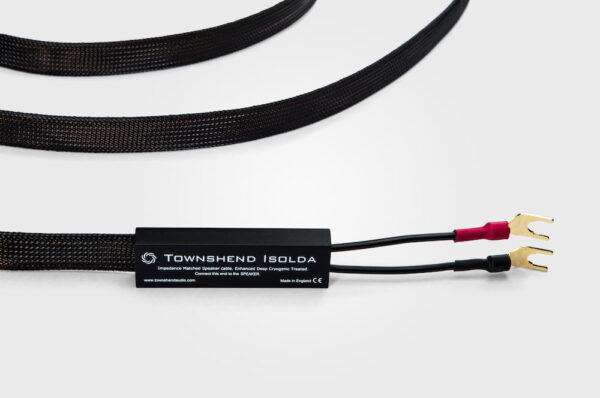
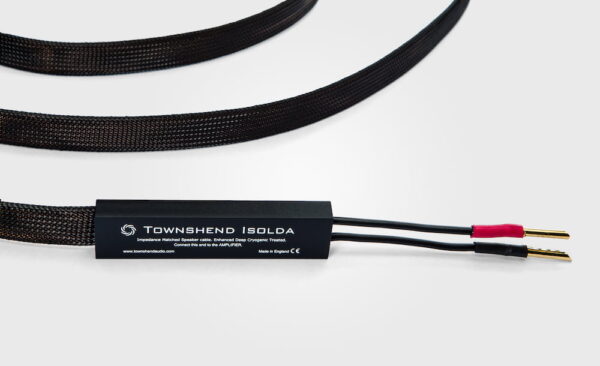
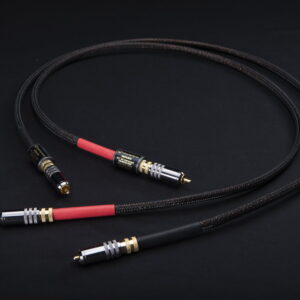
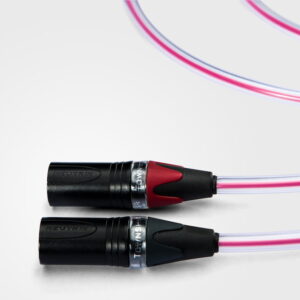
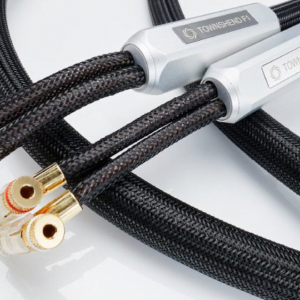
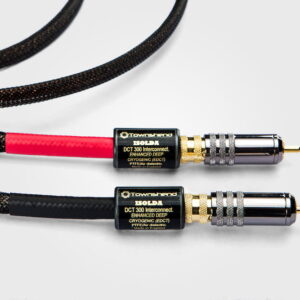
Reviews
There are no reviews yet.